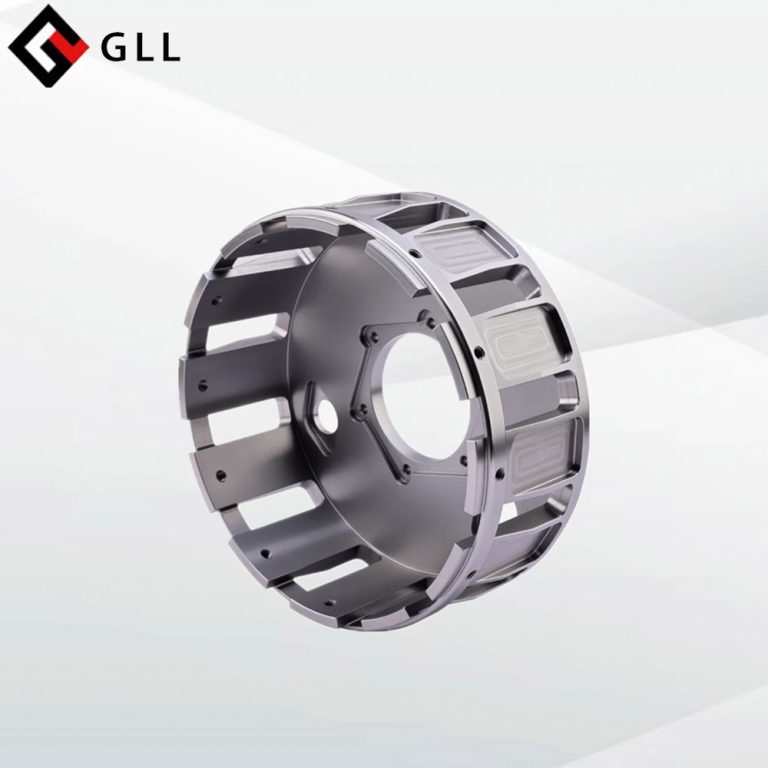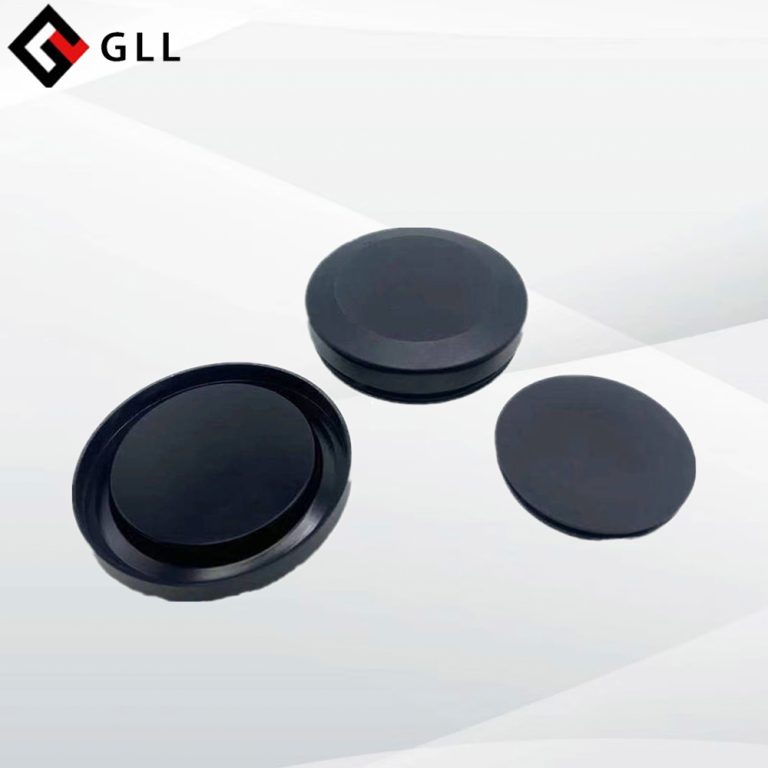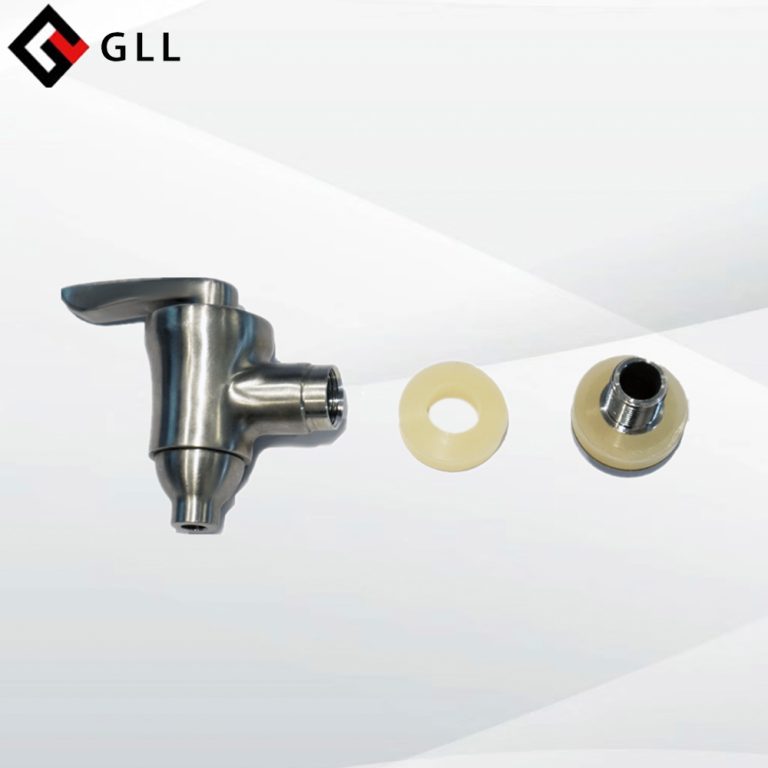When designing parts for aluminum die casting, several key considerations should be taken into account to ensure optimal manufacturability and performance. Here are the main considerations for designing parts for aluminum die casting:
- Wall Thickness: Maintaining uniform wall thickness throughout the part is crucial in die casting. Designers should aim for consistent wall thickness to promote even solidification and minimize the risk of defects, such as porosity or shrinkage. Thick sections can lead to longer solidification times and potential casting defects, while thin sections may result in inadequate strength. Typically, a wall thickness of 2-5mm (0.08-0.2 inches) is recommended.
- Draft Angles: Incorporating draft angles in the design is essential for easy ejection of the casting from the die. Draft angles allow for smooth removal of the part from the mold without causing damage or sticking. A draft angle of 1-3 degrees per side is commonly used in die casting designs.
- Fillets and Radii: Adding fillets and radii to sharp corners and edges helps reduce stress concentrations and improves the overall strength of the part. These features also aid in the flow of molten metal during the casting process, reducing the risk of defects.
- Ribs and Bosses: Ribs and bosses can be used to enhance the structural integrity and stiffness of the part. Ribs should be designed with a gradual taper and appropriate thickness to avoid sink marks or warpage. Bosses should have sufficient wall thickness to provide strength for features such as screw threads or mounting points.
- Undercuts and Side Actions: Minimizing undercuts and complex side actions simplifies the die design and ejection process. Undercuts or features that require additional moving components in the die can increase the complexity and cost of the tooling. Designing parts with simplicity and ease of ejection in mind helps optimize production efficiency.
- Gate Placement: Proper gate placement is crucial for efficient filling of the mold and minimizing potential defects. Gates should be strategically positioned to allow for uniform metal flow and minimize turbulence. Common gate types used in die casting include edge gates, pin gates, and fan gates.
- Parting Lines: Understanding the location of parting lines, where the two halves of the die meet, is important for design considerations. It is preferable to position parting lines in non-critical areas of the part to minimize their impact on the part’s appearance or functionality.
- Surface Finish: Designers should consider the desired surface finish of the part and incorporate appropriate design features to achieve it. Textures, ribs, or other features may be necessary to prevent surface defects or improve the part’s aesthetic appeal.
- Material Selection: Selecting the appropriate aluminum alloy for the specific application is crucial. Different alloys offer varying mechanical properties, corrosion resistance, and heat conductivity. Consultation with material experts can help in choosing the most suitable alloy for the intended use.
- Design for Manufacturability: Cooperate with die casting experts during the design phase is recommended to ensure the part can beaccomplish produced using the die casting process. Early involvement of manufacturing considerations can help identify potential issues and optimize the design for cost-effective production.
By considering these factors, designers can create aluminum die casting parts that are optimized for manufacturability, structural integrity, and performance, leading to successful and efficient production.



